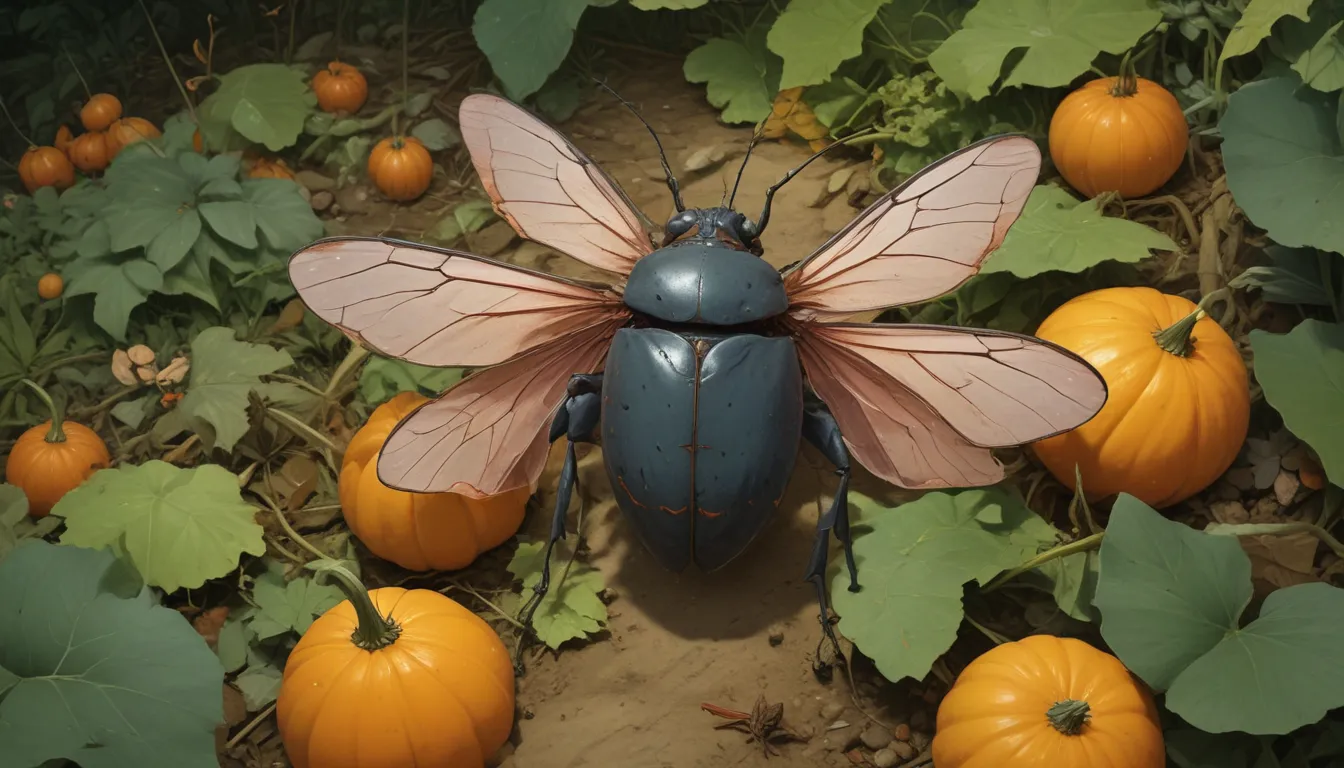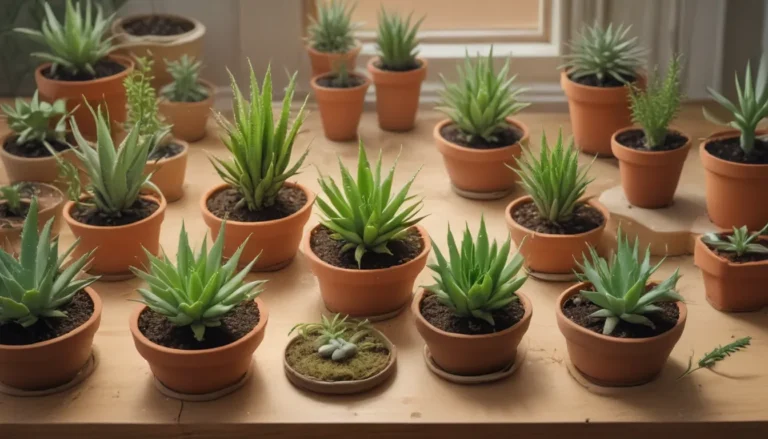How to Identify and Control Squash Bugs

Squash bugs, scientifically known as Anasa tristis, are a persistent and common pest that poses a threat to crops such as squash, pumpkins, cucumbers, and melons in the US and southern Canada. If left unchecked, these insects can drain a plant of its vital juices, leading to wilting, yellowing, and eventual death. Furthermore, squash bugs can transmit diseases such as cucurbit yellow vine disease (CYVD), compounding the damage they inflict on crops.
Understanding Squash Bugs
Identifying squash bugs is essential in managing infestations effectively. These pests are often mistaken for bacterial wilt, as they cause yellow spots on leaves that turn brown over time. Severe infestations can lead to blackened, dried leaves and sunken areas on fruits that are susceptible to postharvest rots.
Squash bugs primarily target young plants and flowering plants for feeding, with squash, pumpkins, and cucumbers being their preferred hosts. It’s crucial to recognize the signs of infestation early to take appropriate control measures.
Identification
Features of Squash Bugs:
- Adult squash bugs are dark gray to dark brown in color and measure about five-eighths of an inch in length.
- Female adults lay oval-shaped, bronze-colored eggs in clusters of approximately 20 on the undersides of leaves and stems.
- Nymphs hatch from eggs and progress through five instar stages into elongated gray-brown shield-shaped adult insects that resemble stink bugs.
- Squash bugs may be found hiding beneath foliage during the growing season, transitioning to clusters on unpicked fruit as plants die in the fall.
Given their life cycle and feeding habits, identifying squash bugs at different stages is crucial for timely intervention to prevent extensive damage to crops.
Biology and Life Cycle
Understanding the life cycle of squash bugs is key to developing effective control strategies. Adult squash bugs overwinter in sheltered places and become active in the spring, targeting cucurbit plants to feed and reproduce. Eggs hatch within one to two weeks, giving rise to nymphs that mature over four to six weeks.
In cooler regions, a single generation is produced annually, while warmer climates may experience a second generation before overwintering. The transfer of disease-causing bacteria can occur as adults feed on plants in the spring, emphasizing the need for early detection and control measures.
Monitoring
Detecting squash bugs early is essential for preventing widespread infestations. Regularly inspecting plants for egg clusters, nymphs, and adults is crucial to identifying and addressing potential issues promptly. Utilizing traps such as boards placed near plants can help monitor squash bug populations and inform control efforts.
Implementing proactive monitoring practices can enhance the effectiveness of control methods and minimize the impact of squash bugs on crops.
Organic Control Methods
Employing organic control methods is a sustainable approach to managing squash bugs while minimizing environmental impact. By focusing on cultural, physical, and biological controls, gardeners can protect their crops without relying heavily on chemical interventions.
Cultural Control
- Utilize transplants instead of seeds to protect young plants from extensive damage.
- Plant short-season varieties to reduce susceptibility to infestations.
- Consider trap crops like zucchini and pumpkins to divert squash bugs from main crops.
- Plant nasturtiums to repel squash bugs and reduce feeding damage.
Cultural practices play a significant role in preventing squash bug infestations and maintaining healthy crop growth throughout the season.
Physical and Biological Control
- Use floating row covers to protect plants from squash bugs while allowing pollinators access.
- Handpick eggs, nymphs, and adults to reduce populations manually.
- Encourage natural predators like tachinid flies and ground beetles to control squash bug populations.
Combining physical and biological control methods can help manage squash bugs effectively without relying on synthetic pesticides.
Organic Pesticides
While organic pesticides should be a last resort, they can be used to address severe infestations where other control methods have proven ineffective. Diatomaceous earth, pyrethrins, neem oil, and spinosad are organic options that can help manage squash bug populations.
- Apply organic pesticides at the base of plants and under leaves where squash bugs congregate.
- Follow application instructions carefully to minimize environmental impact and ensure effective control.
Using certified organic products can help protect crops while maintaining a sustainable approach to insect control in the garden.
Chemical Pesticides
In cases of severe infestations, chemical pesticides may be necessary to address squash bug populations quickly. Permethrin, esfenvalerate, acetamiprid, and malathion are chemical options that can be used as a last resort for controlling pests.
- Apply chemical pesticides according to instructions to minimize risks to humans, plants, and beneficial insects.
While chemical pesticides should be used sparingly, they can provide effective control of squash bugs in situations where alternative methods have failed.
Conclusion
By understanding the behavior, life cycle, and control methods for squash bugs, gardeners can effectively protect their crops from these destructive pests. Implementing a combination of cultural, physical, and biological controls is essential for sustainable pest management in the garden.
Remember to monitor plants regularly, implement preventive measures, and utilize organic control methods whenever possible to minimize the impact of squash bugs on crop health and productivity. With proper identification and proactive management practices, gardeners can successfully control squash bug infestations and enjoy a bountiful harvest of cucurbits.
Have you encountered squash bugs in your garden? Share your experiences, questions, and success stories in the comments below!
For more gardening tips and information on growing cucurbits, explore these articles:
-
- Cucumber Hollow Heart Causes and Solutions
-
- 11 of the Best Winter Squash Varieties
-
- How Do I Know When My Pumpkin Is Ripe? Picking and Harvest Tips





